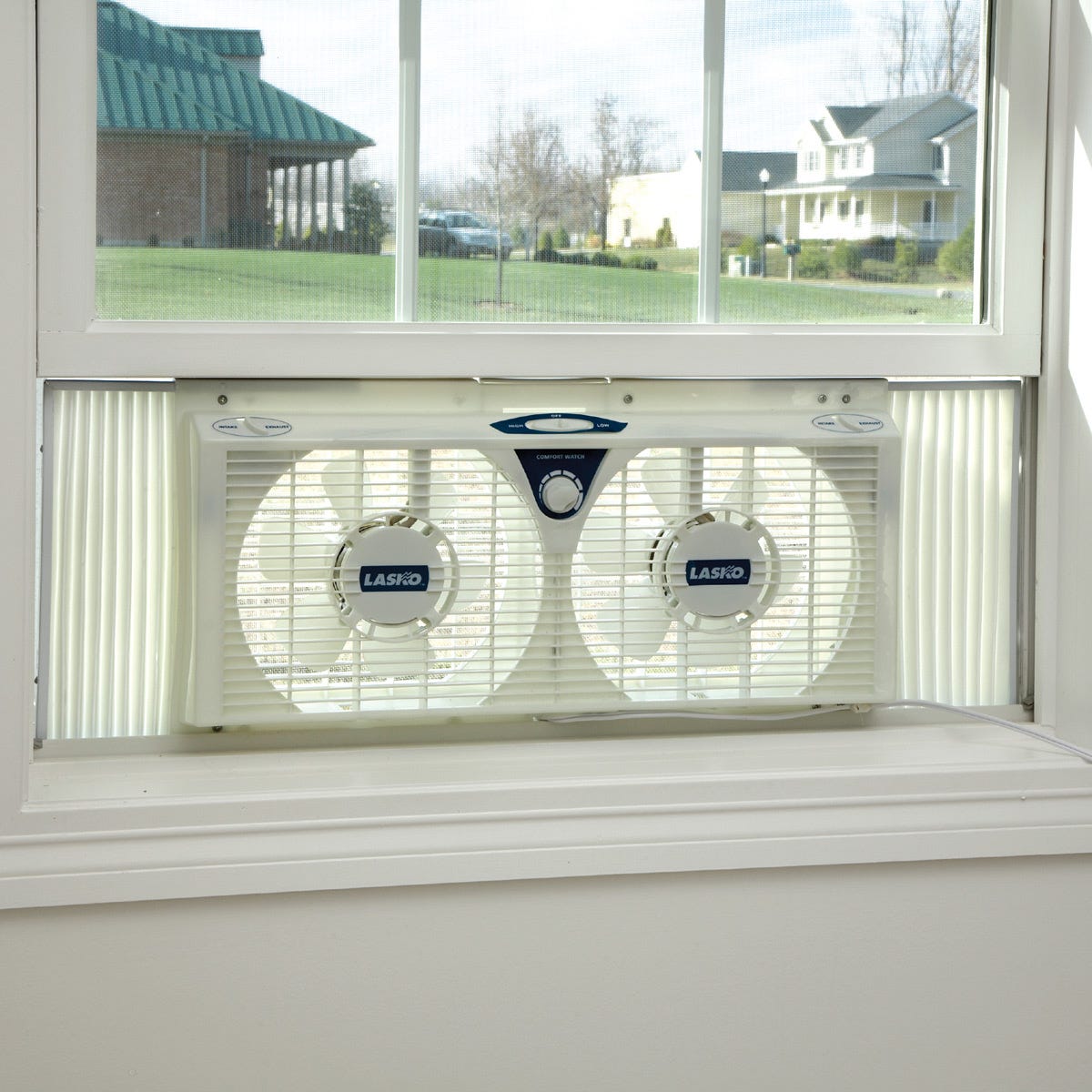

There are various design approaches for atria that are intended to ByĮvaluating the design characteristics of the atrium, numerous smoke Requirements for the design of smoke management systems (NFPA 2015). Management system is considered for all atria. In order to accomplish the design objective(s), an engineered smoke * Contribute to the protection of life and reduction of property

* Provide conditions within and outside the fire zone to assistĮmergency response personnel in conducting search and rescue operations * Control and reduce smoke spread between the fire area and Large-volume building space during the time required for evacuation * Maintain a tenable environment in the means of egress from Possible objectives detailed in NFPA 92 (NFPA The hazard of smoke spread in atria must be addressed to satisfy Consequently, alternative design approaches must be Protection systems in an atrium is to protect occupants from the adverseĮffects of smoke and contain the fire and smoke to its room of origin.Īs atria fashion larger openings, the ability to compartmentalize smokeĪnd fire decreases. The large space allows for easier smoke spread betweenįloors and adjacent openings.

The openings in the floors created to form an atrium pose fire and Grandeur and a feeling of space and light. Many atria have glazed roofs and large windows for Modern atria serve as prominent aesthetic features, and are often Many engineeringĭesigners use alternative methods to exceed the limit of the code,Ĭlaiming that the velocity limit is too restrictive.Ītria have become increasingly popular design features within largeĬommercial spaces, contemporary hotels, and multilevel shopping centers. This limitation not only limits creative and aestheticĪtria designs but also involves significant costs. Of passive openings and mechanical ventilation, all located below the Operation of a mechanical smoke exhaust system may involve large areas The makeup air required for atria during the TheĬurrent restriction defined by NFPA 92 states that makeup air must notĮxceed 1.02 m/s (200 fpm) during the operation of a mechanical smokeĮxhaust system (NFPA 2015). To assess the impact of increased makeup air velocity in atria. The primary purpose of this study is to develop engineering methods APA style: A CFD study to identify methods to increase maximum velocity of makeup air for atrium smoke control.A CFD study to identify methods to increase maximum velocity of makeup air for atrium smoke control." Retrieved from 2016 American Society of Heating, Refrigerating, and Air-Conditioning Engineers, Inc. MLA style: "A CFD study to identify methods to increase maximum velocity of makeup air for atrium smoke control." The Free Library.


 0 kommentar(er)
0 kommentar(er)
